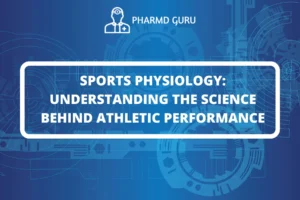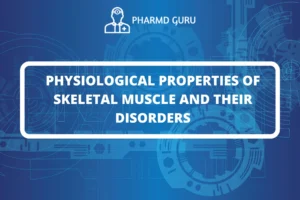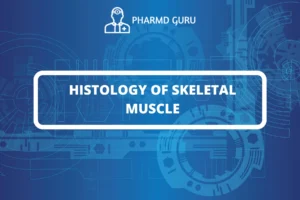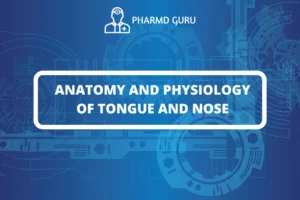Physiology of Muscle Contraction:
Muscle contraction is a complex physiological process that enables muscle fibers to generate force and produce movement. It involves a series of events that result in the shortening of muscle fibers, leading to the contraction of the whole muscle. The process of muscle contraction is regulated by the interaction between different proteins within the muscle fibers.
SCROLL DOWN TO THE BOTTOM OF THE PAGE FOR ACTUAL NOTES
1. Neuromuscular Junction Activation: The process of muscle contraction begins with a nerve impulse (action potential) arriving at the neuromuscular junction, where a motor neuron connects with a muscle fiber. At the neuromuscular junction, the motor neuron releases the neurotransmitter acetylcholine, which binds to receptors on the muscle fiber’s membrane (sarcolemma). This binding triggers an electrical impulse that travels along the sarcolemma and deep into the muscle fiber through T-tubules (transverse tubules).
2. Release of Calcium Ions: The electrical impulse traveling along the T-tubules stimulates the sarcoplasmic reticulum (a specialized endoplasmic reticulum in muscle fibers) to release stored calcium ions into the cytoplasm (sarcoplasm) of the muscle fiber.
3. Cross-Bridge Formation: The release of calcium ions exposes binding sites on the actin filaments, part of the thin filaments present in the sarcomere (the basic contractile unit of a muscle fiber). Myosin heads, part of the thick filaments, bind to these exposed binding sites on actin, forming cross-bridges.
4. Power Stroke and Muscle Contraction: When a cross-bridge forms, the myosin head tilts and generates a power stroke, pulling the actin filament toward the center of the sarcomere. This shortens the sarcomere, resulting in muscle contraction. The power stroke is powered by the hydrolysis of ATP (adenosine triphosphate), a molecule that provides energy for cellular processes.
5. Relaxation and Reuptake of Calcium: To end muscle contraction, the nerve impulse stops, and the release of acetylcholine at the neuromuscular junction is halted. Calcium ions are actively pumped back into the sarcoplasmic reticulum, which causes the binding sites on actin to be covered again, preventing cross-bridge formation.
6. Muscle Relaxation: With the absence of calcium ions, the myosin heads detach from the actin filaments, and the muscle fiber returns to its relaxed state. As multiple sarcomeres within a muscle fiber shorten together, the entire muscle contracts, leading to movement.
7. Energy Requirements: Muscle contraction is an energy-intensive process. ATP is required for both the power stroke and the detachment of myosin heads from actin. The energy needed for muscle contraction is provided by the breakdown of ATP into ADP (adenosine diphosphate) and inorganic phosphate.
Conclusion: The physiology of muscle contraction involves a precisely orchestrated series of events, starting with the activation of the neuromuscular junction and culminating in the shortening of muscle fibers. The interactions between proteins within the muscle fibers, especially the binding of myosin to actin, drive the process of contraction. Understanding the physiology of muscle contraction is essential for comprehending how muscles generate force and produce movement in the human body.
ACTUAL NOTES
PRO VERSION:




